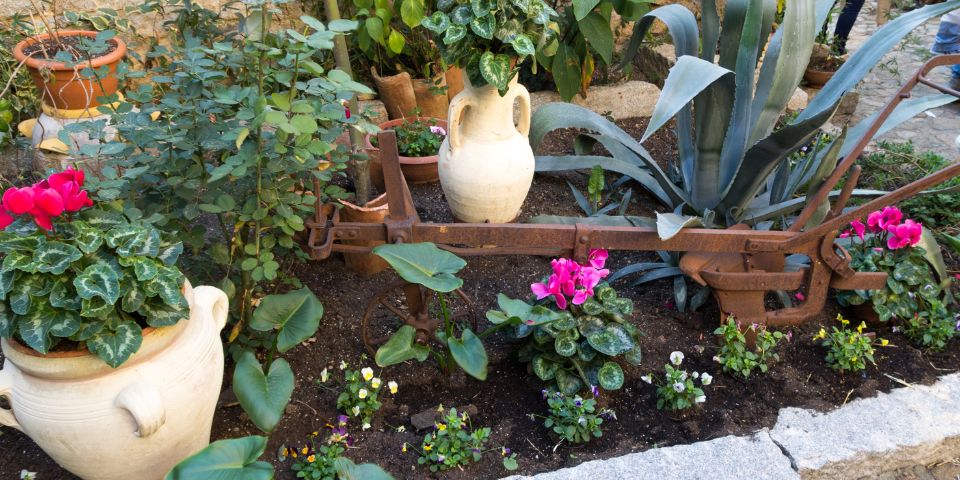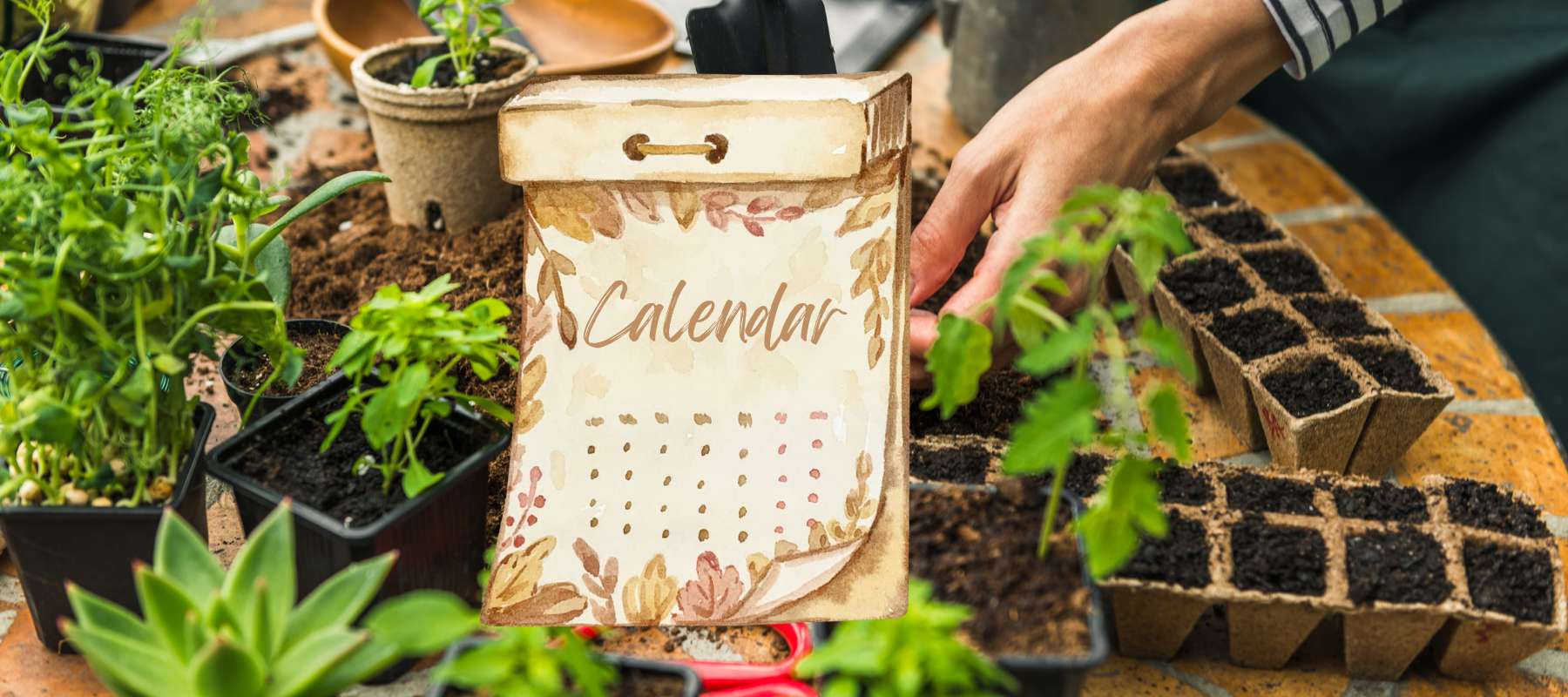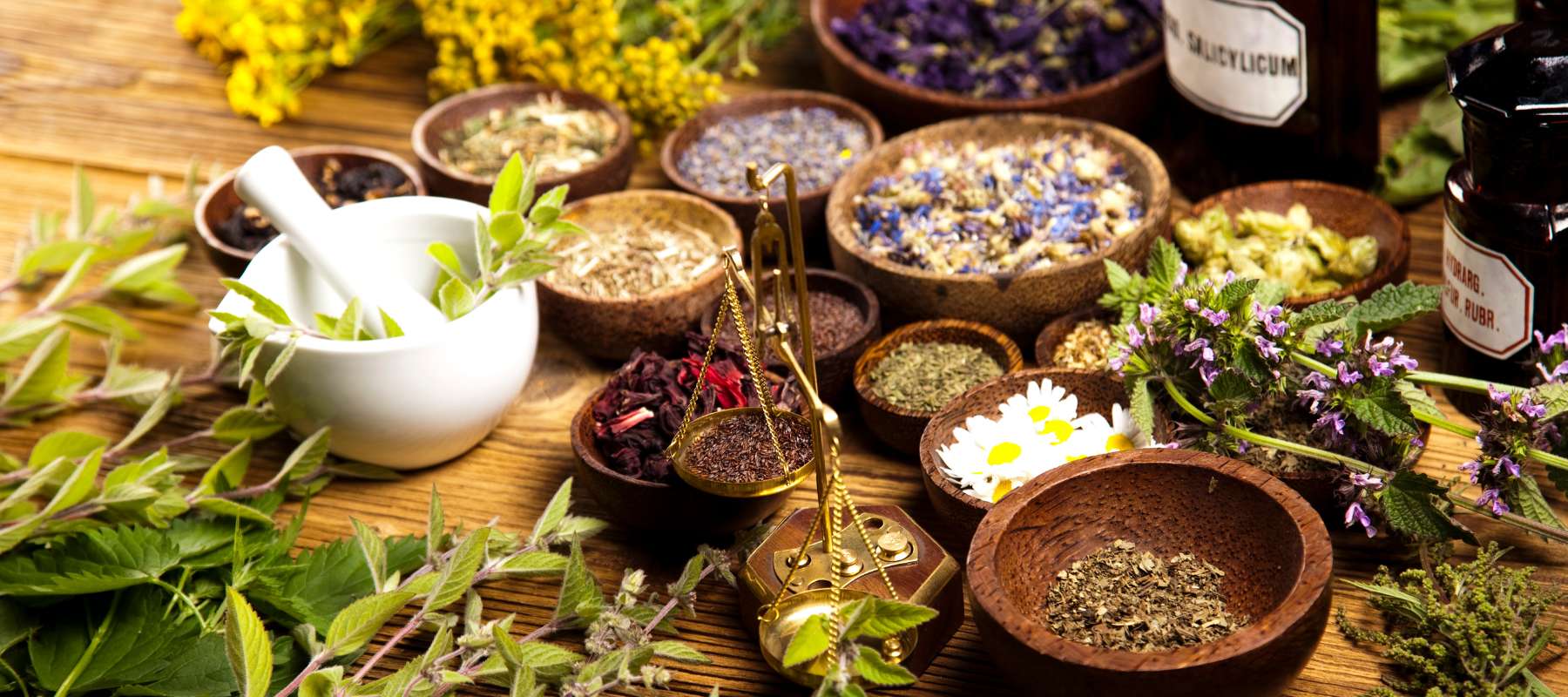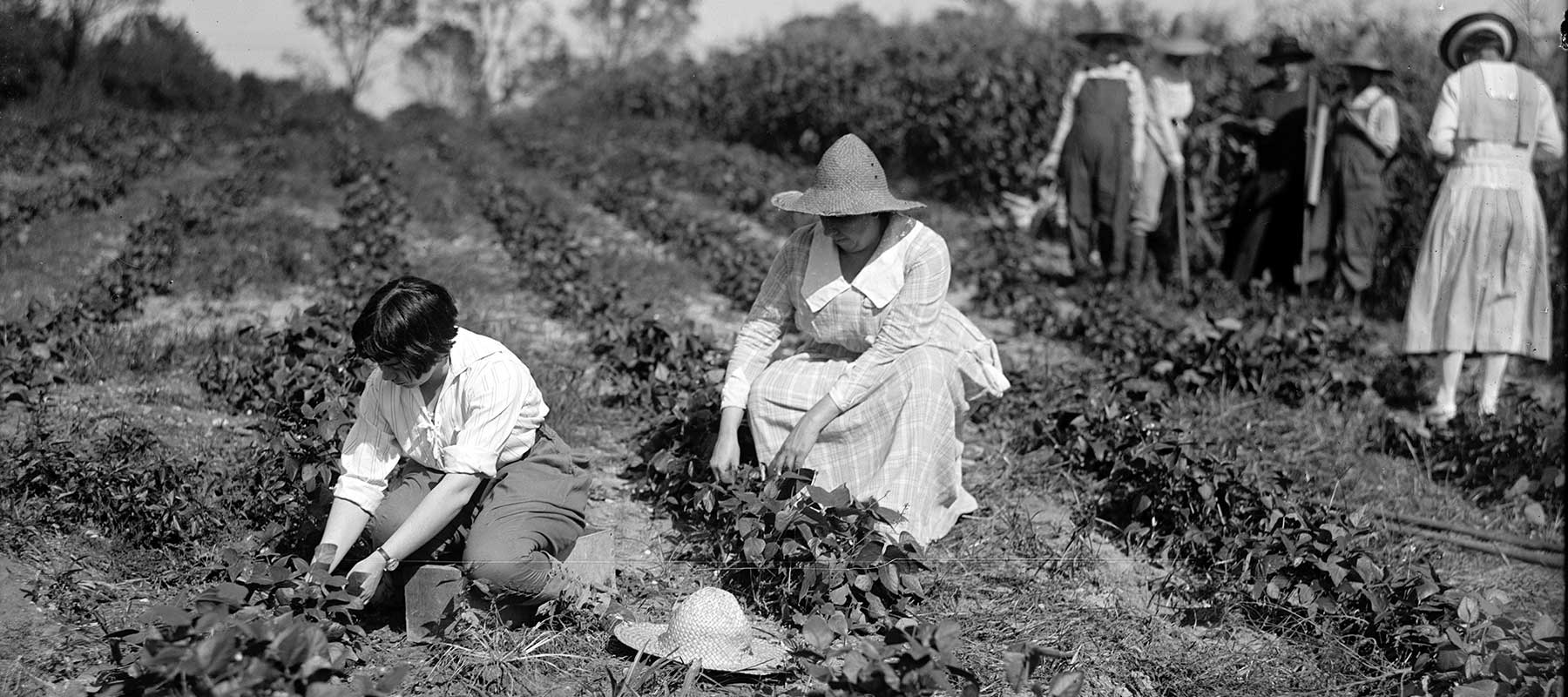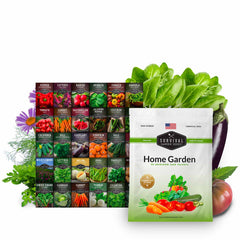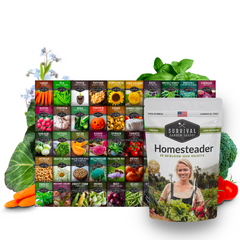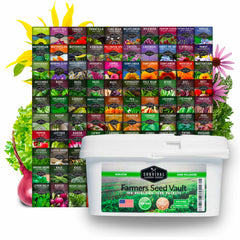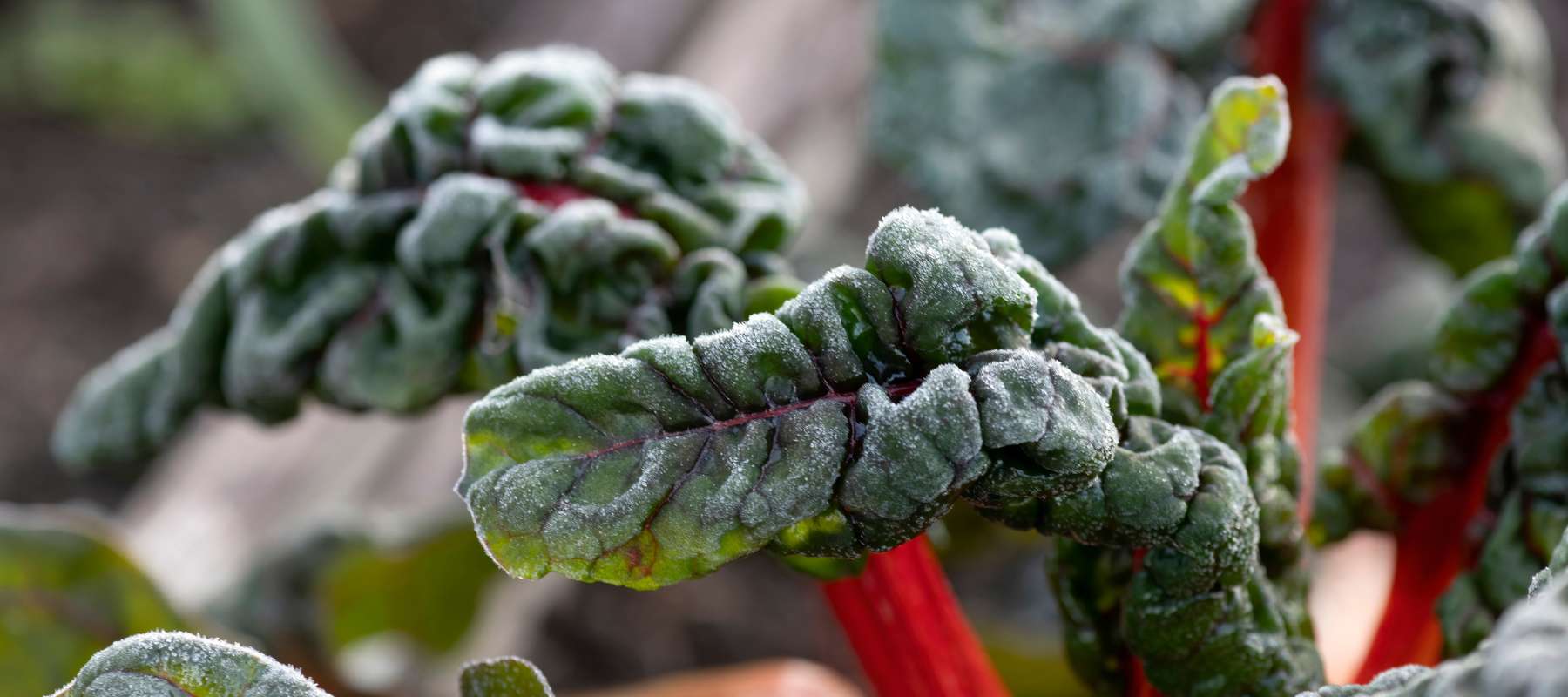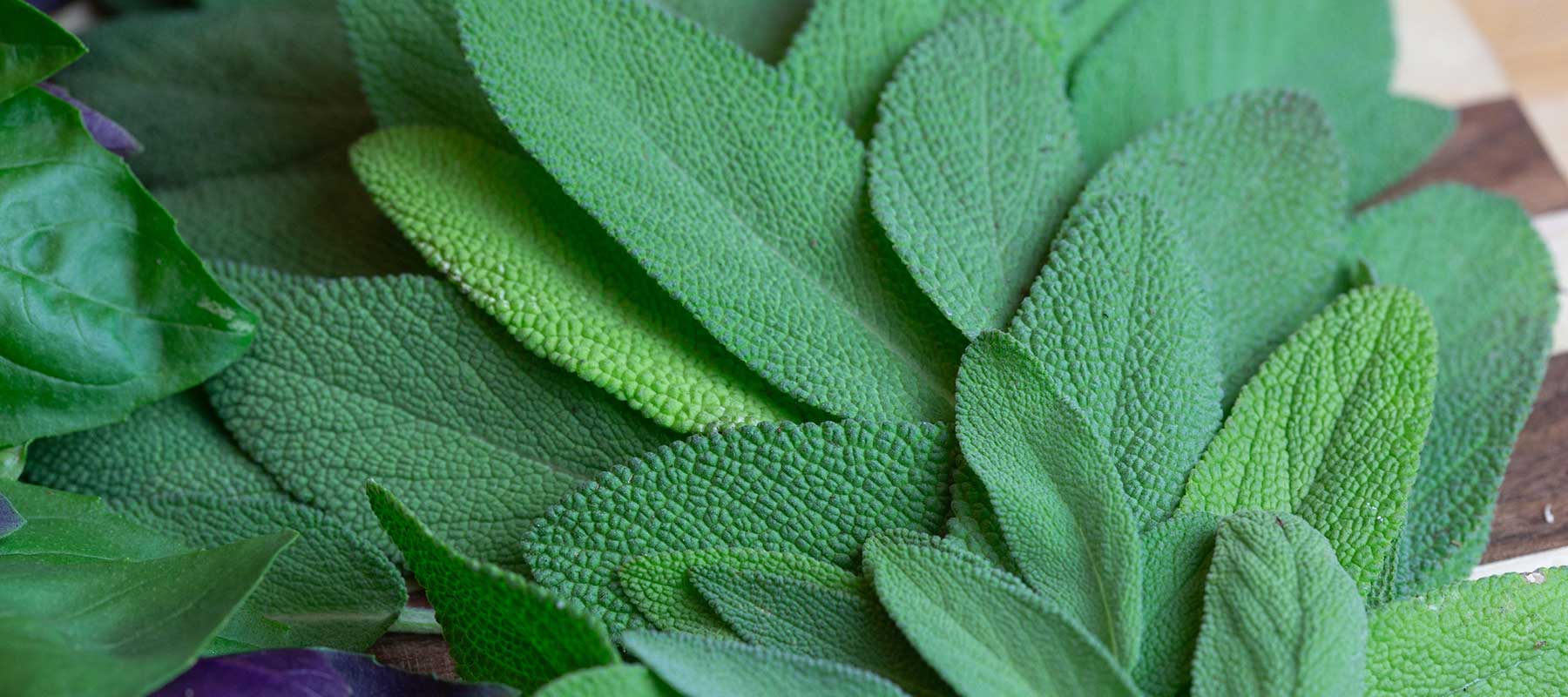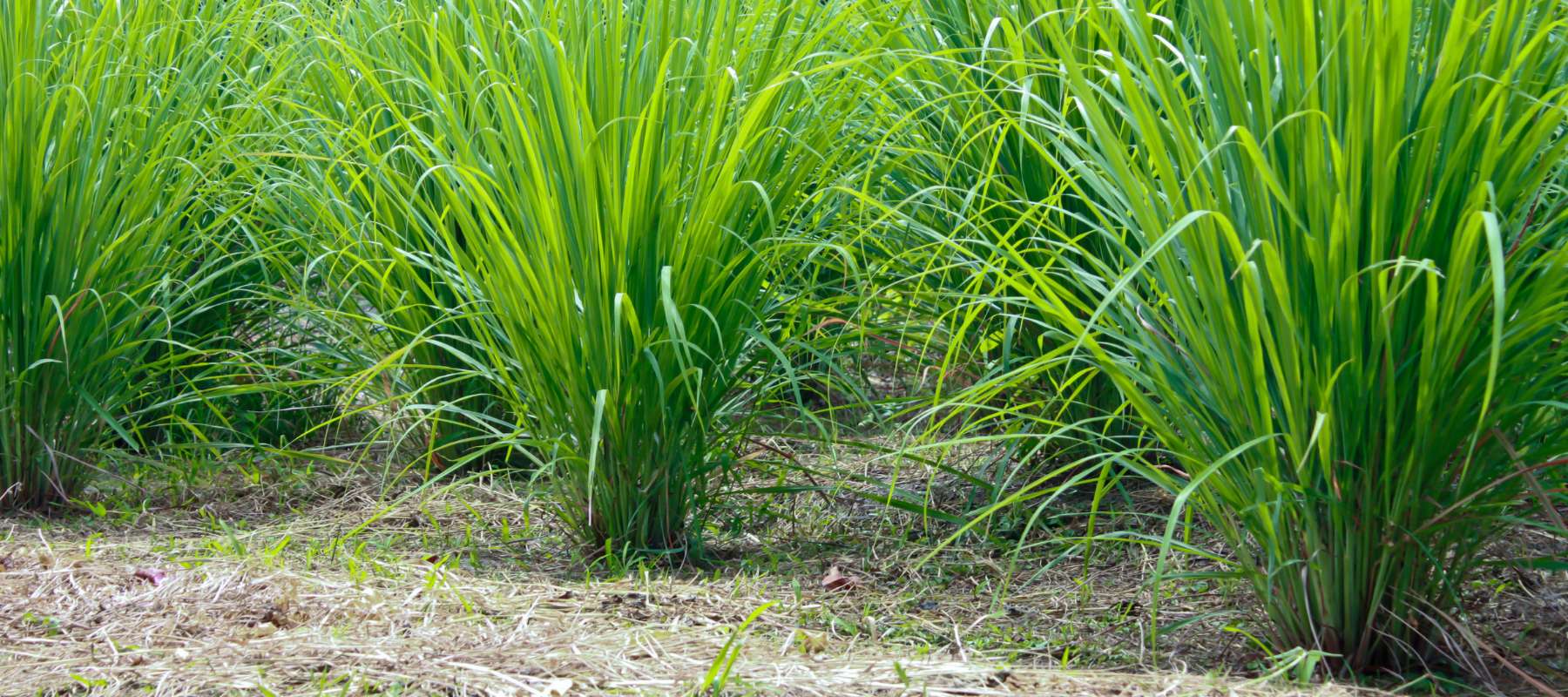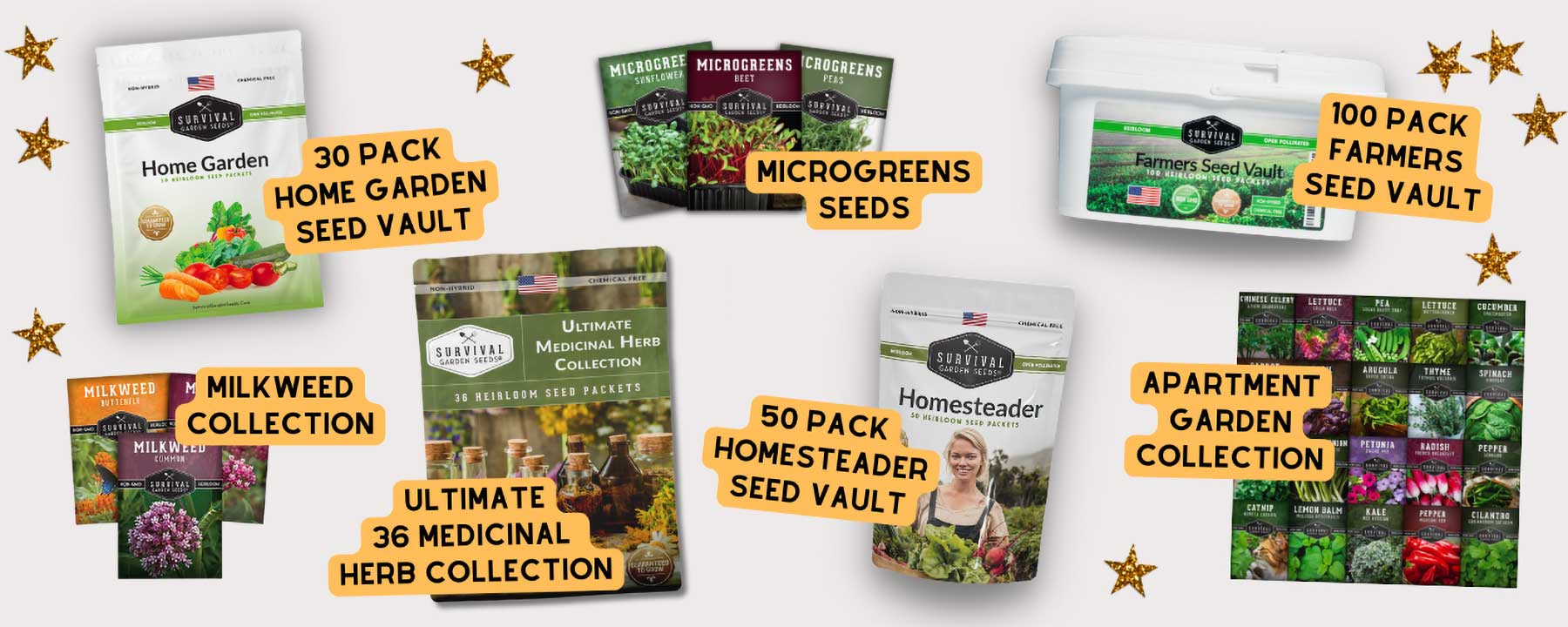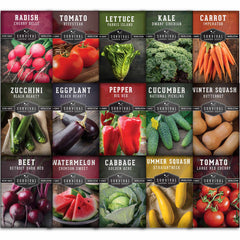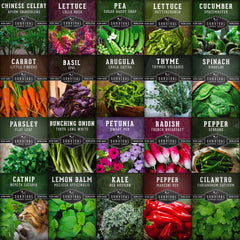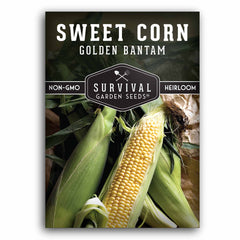Last week, we started our series on no-till gardening with A Beginner’s Look at No-Till Gardening. If no-till sounds weird to you or fills you with dread of backbreaking hours of hard labor, that article provides good background info to help you understand. No-till can seem strangely primitive or very strange to anyone who is used to tilling as a way to break up the soil to get ready for spring. If it helps, keep in mind that many soil scientists and farmers are doing amazing things with no-till techniques, like restoring fertility to previously barren soils and cutting way back on the need for soil amendments and pesticides.
Although I haven’t used a tiller myself in decades, I’m not one to click my tongue at anyone else who uses a tiller. After all, I didn’t stop using a tiller overnight myself. My switch to no-till started as a practical matter. Although I’d grown up with about an acre of garden that we tilled regularly, when I moved out on my own I had to grow in smaller spaces that I didn’t have a lot of control over. For about 15 years, my garden was confined to small, square-foot plots, grow bags, and some patio-sized containers. Although I had been using some no-till techniques for over a decade, the first time I heard the term, it sounded very weird. I hadn’t used a tiller in ages, though, so I decided to learn more.
12 Benefits of No-Till Gardening
Even if you don’t wholeheartedly buy into no-till as the way to go for yourself, just playing around with the ideas and techniques involved can have some big payoffs for you and your garden. Here are just a few benefits to no-till.
-
Small space friendly. I’m starting here because it’s my experience. When I lived in an apartment, I wasn’t happy with settling just growing in a few containers on the steps of my landing. My landlord let me grow a little garden of my own, but I had to make sure to avoid any harm to the landscaping and to stay in the area underneath my kitchen window. I didn’t have much space to work with. I had to work around the roots of trees and shrubs, too. Even though I had access to a tiller, I couldn’t use it. No-till gardening is perfect for that kind of situation.

- Soil health. Healthy soil is alive. No-till gardening nurtures all of the living things in the mini-ecosystem beneath the surface of your garden. When the soil is left undisturbed, soil begins to teem with life as tiny organisms can do their part. Earthworms, insects, bacteria, and fungi all work together to cycle nutrients and loosen up the soil naturally. We’re beginning to learn how plant roots even “talk” to each other by way of the tiny fungi on their soil tips, which helps them adapt to challenging conditions together.
- Soil retention. If you don’t till the soil, you’ll have more of it to work with in the long run, plus it’ll be healthier. Roots will anchor the soil so it won’t wash away every time it rains, or blow away on a windy day. This is the main lesson of the Dust Bowl.
- Biodiversity. No-till gardens are also more biodiversity-friendly above the soil. Birds, pollinators, and beneficial insects are much more at home in a garden with healthy soil with a lot of life. These visitors to your garden help your plants resist pests and diseases that can flourish in the sterile or artificial conditions caused by tilling.
- Moisture retention. Organic matter helps to improve soil texture and water retention by creating a barrier that prevents evaporation into the air. As mulch and other organic matter break down, moisture and air pockets form in the soil and improve its texture. Roots can easily spread out to find moisture in periods of drought.
- Soil structure and fertility. That vibrant ecosystem in your garden is a shortcut to the circle of life. Compost, mulch, and dying organisms in the soil are broken down much more quickly by all of the busy lifeforms in the soil. This adds even more organic material and necessary nutrients to the soil. You can even learn to tweak the nutrient balance of your soil over time. Better soil means less fertilizer. That means less money and expense and more self-reliance – perfect for the survival gardener.
- Less labor intensive. Even though it relies on machinery, tilling is hard physical work. That kind of exhausting labor isn’t an option for someone with physical limitations or time constraints. On the other hand, no-till gardens can be highly productive without all the hard work, making them much more accessible for everyone to enjoy.
- No need for heavy machinery. Tilling is also expensive. You’ll have to buy and maintain heavy equipment or rent it whenever you need it. Even if you have someone willing to loan you the equipment, you’ll have to buy the fuel to run the machines.
- Carbon sink. You hear about planting trees to offset climate change a lot, but did you know that soil is also vital to capturing carbon? All of that organic matter you’re working into the soil is being put to good purpose and being kept out of the atmosphere.
- Sustainability. No-till gardening reduces your use of petroleum-based fuels (for the tiller) and synthetic fertilizers. You’ll also need less water for healthy plants. You’ll produce less pollution and have a cleaner, greener garden that you can be proud of.
- Adaptability and resilience. No-till gardens tend to hold up very well to stressful conditions. The improved soil texture will drain better during wet seasons and retain water better during droughts. The roots of the plants paired with the organic matter will keep the soil temperature steadier than exposed soil and can provide some protection against temperature fluctuations, too.
- Quality of life. No-till gardens have a natural beauty and are bustling with life. They also require less upkeep in the long run. You’ll have more time to enjoy the sanctuary you’ve created in your garden.
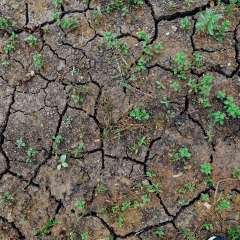
No-till gardening means changing the way you look at gardening. The coolest part is that it doesn’t add work; it takes it away! Yes, there are some new techniques to learn. Building quality soil can take patience and requires adaptability. Over time, no-till gardening eliminates hard physical labor and expense. It’s amazing to be able to enjoy a more fruitful, resilient garden by working with nature instead of against it.
Next up is how to get started with no-till gardening. Since it’s so adaptable and scalable, you’ll be able to work with the ideas almost immediately in your garden. You can set aside a small part of the garden to see what works for you while you learn. Over time, this way of gardening nurtures a vibrant and sustainable ecosystem from the ground up.
Written by Teresa C., Zone 8a, Alabama
